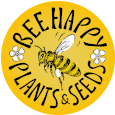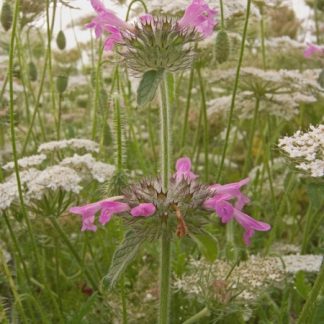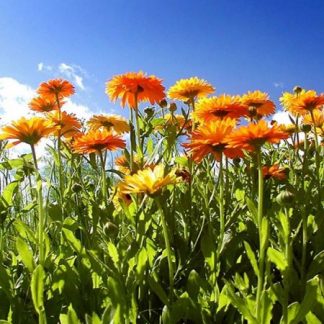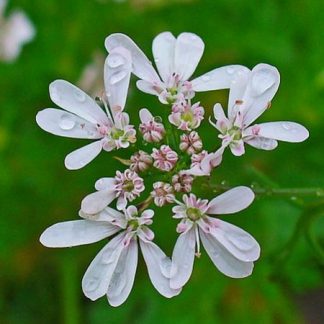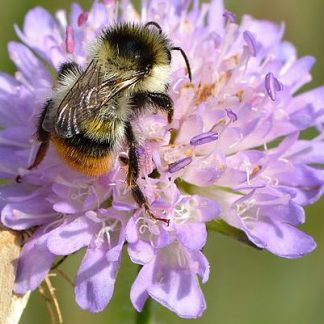Description
Caprifoliaceae (family)
Forage for Pollinators: Produces an abundance of nectar for Honeybees and all other Short and Long-tongued Bumblebees. Pollen is also collected. The mining bee Andrena marginata is attracted to this species (also to Succisa pratensis and Centaurea scabiosa) as is the common carder bee Bombus pascuorum, and the scabious bee Andrena hattorfiana. Also attractive to Moths, particularly the bee hawk-moth Hemaris tityus, and Butterflies, Hoverflies.
Flowering time: June, July, August, September, October
Growing information: A native PERENNIAL which forms a basal rosette of lobed leaves and flower stems with paired leaves grow up to 1m (3’3”) with the typical scabious-type flower heads of blue/ lilac – freely secreting nectar on the upper surface of the ovary and protected from rain by hairs in the flower tube. Grows, with a tap-root, in the wild in field margins and dry, well-drained meadows, particularly over chalk bedrock, as well as moist, heavier soils. Cold hardy down to -25 degrees C. Sow in spring or autumn, or in pots left outside. Plants are sometimes dioecious, so best grown in drifts. Closely related species are Centaurea scabiosa and Succisa pratensis (both of which can tolerate damp and acid situations).
